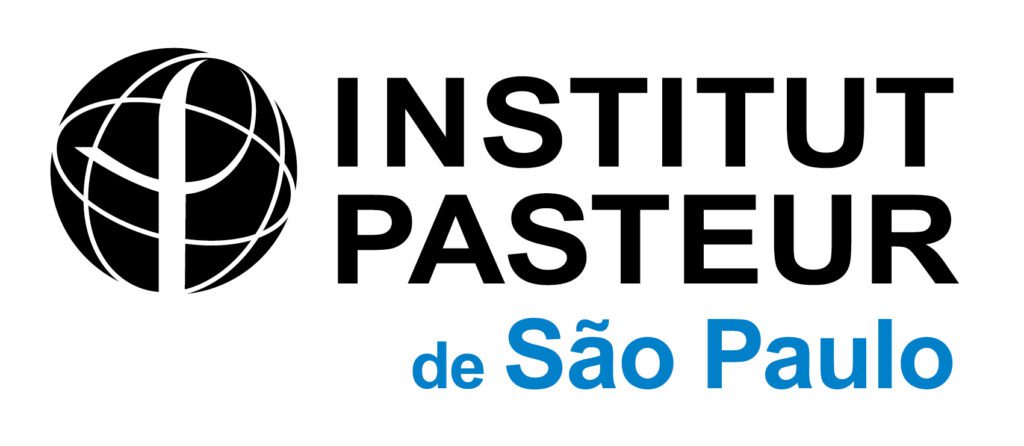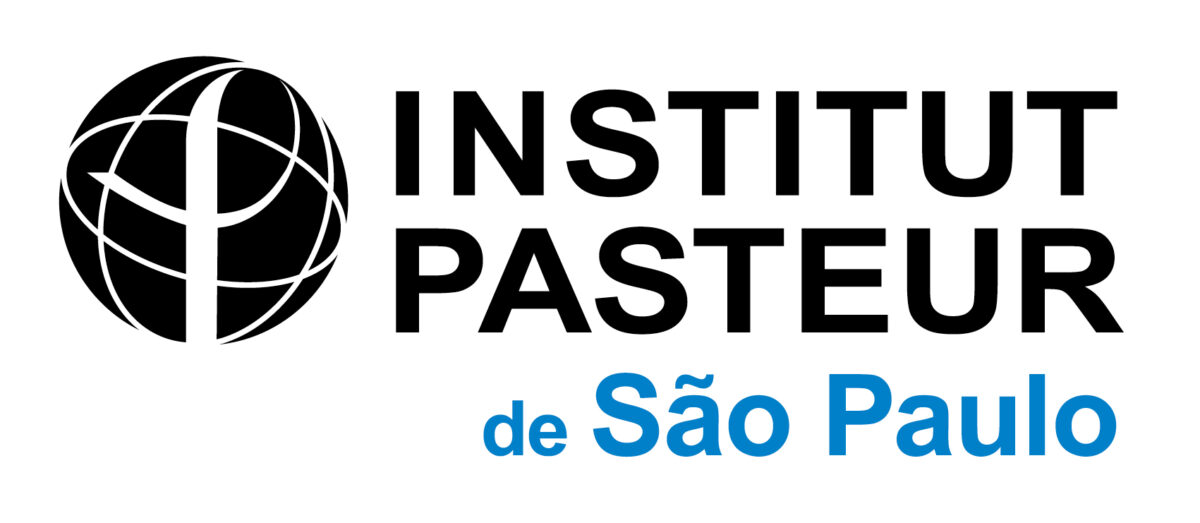Overcoming Influenza with Advanced Wastewater Surveillance and Accelerated Development of Replicative RNA Vaccines
Seasonal influenza, a health crisis caused by influenza A and B viruses, results in millions of severe cases and hundreds of thousands of deaths annually. The variability of the flu’s impact from season to season is driven by changes in viral strains, population immunity levels, and the alignment of vaccine strains with those in circulation. The high mutation rate of the virus leads to antigenic shifts and changes, which can quickly overcome the immunity provided by previous infections or vaccinations. This dynamic poses a risk of pandemics with more aggressive strains, such as the 2009 H1N1.
Vaccination, the basis of influenza management, is crucial to reducing the spread and severity of the disease. However, it is essential to note that the effectiveness of current vaccines is limited by their short-lived immunity and narrow range of protection against rapidly evolving influenza strains. This highlights the need for a more effective and adaptable solution. The rapid evolution of the virus requires annual updates to vaccine formulations, a process often hampered by intensive surveillance and complex manufacturing methods. These can lag behind the emergence of new viral mutations, resulting in sub-optimal vaccine efficacy. Recognizing the limitations of current vaccines in providing long-term immunity and the challenge of rapid mutation, there is a shift toward creating more advanced vaccines. The aim is to generate long-lasting protection against various influenza subtypes by focusing on more consistent viral elements, such as the hemagglutinin rod.
Emerging technologies lead this change, especially self-amplifying RNA (saRNA) inside lipid nanoparticles. They promise faster vaccine production and sustained immunity against seasonal and pandemic influenza. As demonstrated during the SARS-CoV-2 pandemic, wastewater surveillance is an effective tool for early virus detection. Our project applies this method to influenza, potentially transforming how we track the virus by providing detailed epidemiological data. This strategy could allow the rapid identification of new influenza strains, enabling the fast adaptation of vaccine formulations and the deployment of targeted immunization to specific areas. The project anticipates that wastewater analysis will reveal new strains and mutations at critical antigenic sites, improving vaccine alignment and responsiveness. The integration of real-time surveillance and the application of saRNA technology are not just a step forward but a potential revolution in influenza prevention and control. This could lead to significant advances in public health, transforming our ability to track and respond to influenza outbreaks and ultimately save lives.



